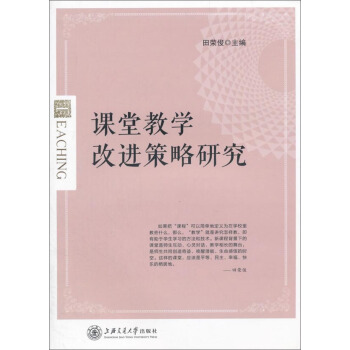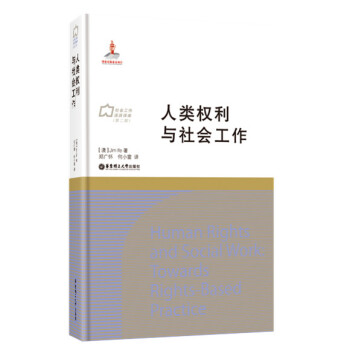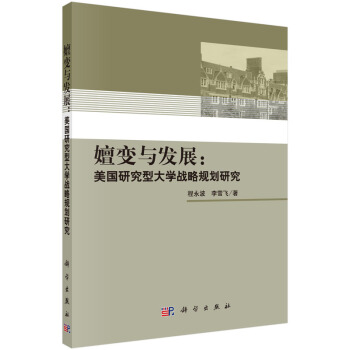
具体描述
內容簡介
The present study investigated snake and lion metaphors with both human beings and non-human beings as the target domain. Apart from showing that universality and variation between animal metaphors exist in Chinese and English, the study also modified K6vecses's (2002, 2010) dichotomy categorization of metaphors by adding another type, that is metaphors that are image and knowledge-based at the same time. Meanwhile, it has refined the Conceptual Blending Theory (CBT) by proposing a revised version which adds an output space and allocates more attention to context in the process of interpreting metaphors.
目錄
FOREWORDINTRODUCTION
CHAPTER 1 TWO METAPHOR THEORIES
1.1 Conceptual Metaphor Theory
1.2 Conceptual Blending Theory
1.3 The examplified applicatin of CMT and CBT to the interpretation of snake and lion metaphorical expressions
1.4 Summary
CHAPTER 2 SNAKE METAPHORS IN MANDARIN CHINESE AND BRITISH ENGLISH
2.1 Snake metaphors in Mandarin Chinese
2.1.1 Overview of the snake metaphors
2.1.2 Snake metaphors with human beings as the target domain
2.1.3 Snake metaphors with non-human beings as the target domain.
2.2 Snake metaphors in British English
2.2.1 Overview of the snake metaphors
2.2.2 Snake metaphors with human beings as the target domain
2.2.3 Snake metaphors with non-human beings as the target domain
2.3 A comparison of snake metaphors in Mandarin Chinese and British English
2.3.1 The differences between snake metaphors in Mandarin Chinese and British English
2.3.2 The differences between snake metaphors in Mandarin Chinese and British English when the target domain is human beings
2.3.3 The differences between snake metaphors in Mandarin Chinese and British English when the target domains are non-human beings
2.3.4 Causes for universality and variation of snake metaphors in Mandarin Chinese and British English
2.4 Summary
CHAPTER 3 LION METAPHORS IN MANDARIN CHINESE AND BRITISH ENGLISH
3.1 Lion metaphors in Mandarin Chinese
3.1.1 Overview of the lion metaphors
3.1.2 Lion metaphors with human beings as the target domain
3.1.3 Lion metaphors with non-human beings as the target domain
3.2 Lion metaphors in British English
3.2.1 Overview of the lion metaphors
3.2.2 Lion metaphors with human beings as the target domain
3.2.3 Lion metaphors with non-human beings as the target domain
3.3 A comparison of lion metaphors in Mandarin Chinese and British English
3.3.1 The differences between lion metaphors in Mandarin Chinese and British English
3.3.2 The differences between lion metaphors in Mandarin Chinese and British English when the target domain is human beings
3.3.3 The differences between lion metaphors in Mandarin Chinese and British English when the target domains are non-human beings
3.3.4 Causes for universality and variation of lion metaphors in Mandarin Chinese and British English
3.4 Summary
CHAPTER 4 REVISED CONCEPTUAL BLENDING THEORY
4.1 Implication one
4.2 Implication two
4.3 Summary
REFERENCES
APPENDIXA DATA SOURCE
APPENDIX B RESEARCH DESIGN
精彩書摘
《漢語與英國英語中的動物隱喻認知研究》:In this aspect the expressions that are mapped onto the woman are the least in number.Specifically, 39.5% of the expressions are mapped onto the general person to show their characteristic of "being cruel".The fixed expressions 地頭蛇/di tou she,牛鬼蛇神/niu gui she shen, and 毒蛇猛獸du she meng shou are some such examples."Di tou she" refers to those who have the power or ability to bully others in his or her hometown."Niu gui she shen" originally meant the unimportant ghosts or gods in Buddhism.The ghost has an ox—head and the god has a snake's body.Later it became a fixed expression which is used to refer to various victims of the Cultural Revolution.Additionally, during the Cultural Revoluhon (1966—1976),all the victims such as famous generals and intellectuals were labeled as "niu gui she shen"."Du she meng shou" originally refers to theanimals that are threatening to human beings, and later this expression came to be used metaphorically to refer to those who are cruel and greedy.
……
前言/序言
用户评价
评分
评分
评分
评分
评分
评分
评分
评分
相关图书
本站所有內容均為互聯網搜索引擎提供的公開搜索信息,本站不存儲任何數據與內容,任何內容與數據均與本站無關,如有需要請聯繫相關搜索引擎包括但不限於百度,google,bing,sogou 等
© 2025 tushu.tinynews.org All Rights Reserved. 求知書站 版权所有

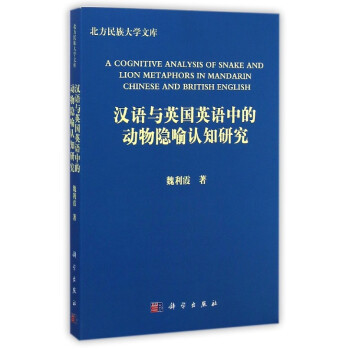
![中国扶贫行动(英文版) [China's Poverty Alleviation Operations] pdf epub mobi 电子书 下载](https://pic.tinynews.org/11643992/54ca5653Ncf0b5f23.jpg)
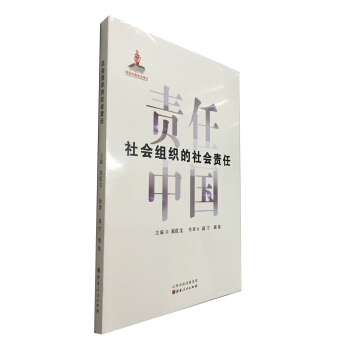
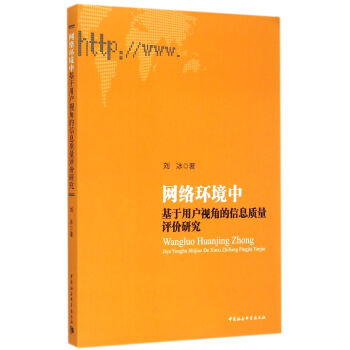
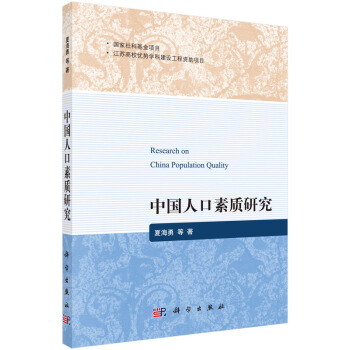

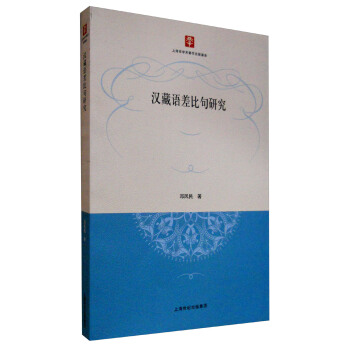

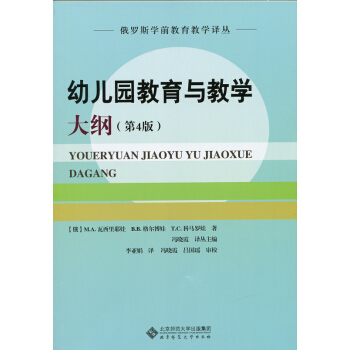
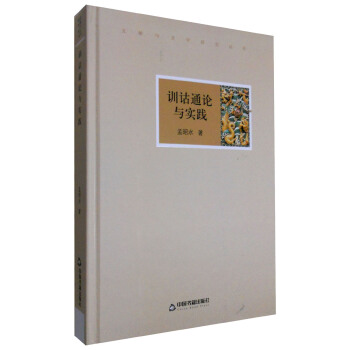
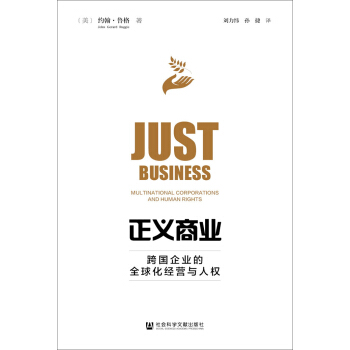
![夏志清与沪江大学 [Hsia Chih Tsing] pdf epub mobi 电子书 下载](https://pic.tinynews.org/11793112/56616cc5N1702022d.jpg)

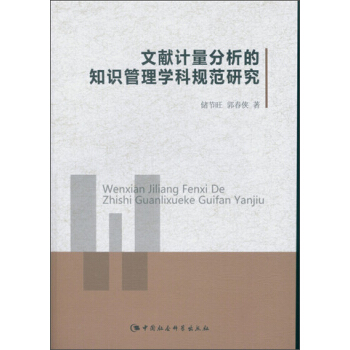
![快速破解60个日常教学难题 [Quick Answers For Busy Teachers: Solutions To 60 Common Challenges] pdf epub mobi 电子书 下载](https://pic.tinynews.org/11827988/56678276Nf7cff79d.jpg)

